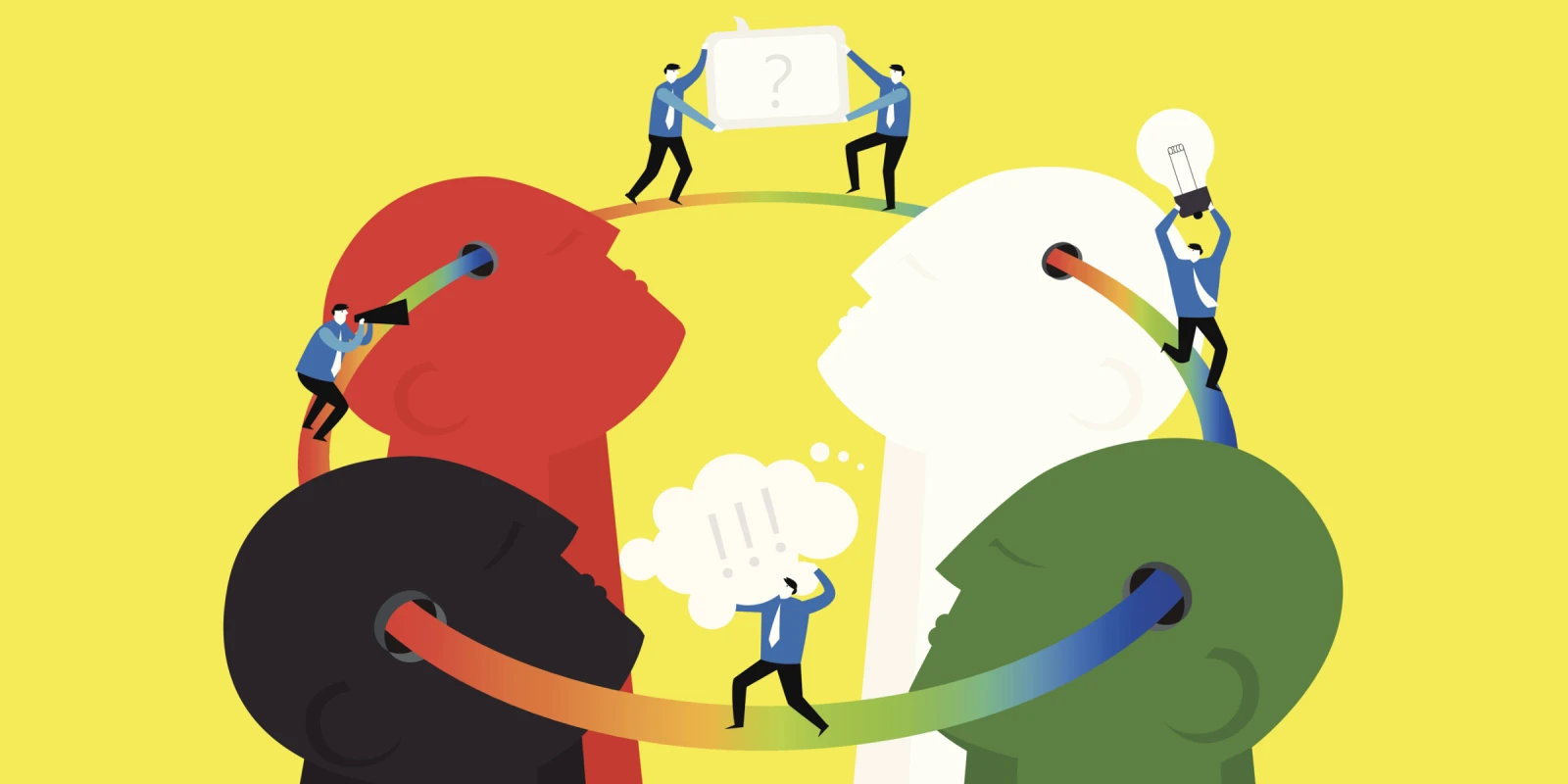It feels like just yesterday when the AANS 2020 conference in Boston was canceled due to the COVID-19 pandemic. Fast forward two years later, after much resilience, grit, and perseverance to combat the pandemic, we finally reunited for our first in person AANS in Philadelphia, the nation's first capital! It was refreshing to see the smiling faces of our colleagues and reconnect with old friends. The hallways were filled with people chatting and catching up with each other. Coffee breaks and lunch times felt more organic as we gathered face to face, rather than in Zoom breakout rooms.
Dr. Regis Haid, the President of the society, gave us an inspirational Presidential Address by emphasizing the importance of change, and the need to adapt to our ever-changing
environment. Life is not static, and neither is medicine. Therefore, we as neurosurgeons, must embrace change in order to advance our field, and provide better care to our patients.
The scientific sessions were filled with inspiring lectures by renowned faculty who gave us a glimpse of the groundbreaking work that was being done on behalf of our patients. It is amazing to see that despite the chaos caused by the pandemic over the past two years, our community of neurosurgeons continued to make great strides to better understand neurosurgical diseases and improve patient outcomes. Amongst the many great presentations, Dr. Allen Sills’ talk on the research by the NFL to reduce the rates of traumatic brain injury in players was particularly impressive. Through a multidisciplinary collaboration with physicists, engineers, and athletes, we have designed exceptionally safe helmets for the players, leading to the lowest concussion rates reported in the modern era of the NFL. In many ways, this ties back to Dr. Haid’s message about embracing change. As neurosurgeons, we have not historically been involved with public matters, however, Dr. Sills and his colleagues’ work demonstrates our capability to make an impactful contribution in the community by making the game safer not only for professional athletes, but also for players at other levels, including our youth.
Switching gears to more technical matters, a revolutionary advancement to be excited about is augmented reality (AR), which was discussed in great depth by our colleagues Dr. William Couldwell and Dr. Walter Jean. This is a novel technology that integrates data visualization into diagnostic and therapeutic procedures to enhance preoperative planning and intraoperative navigation. It is incredible to see how far we have pushed the limits with such innovative techniques. Although it initially encountered some drawbacks, AR has steadily incorporated itself into the operating rooms and is now routinely used at a few institutions. This again ties to Dr. Heid’s Presidential Address: change is difficult, but it is for the better.
Of course, you cannot visit Philly without eating a cheesesteak sandwich and visiting the Rocky steps, and we did just that! This memorable quote by Rocky helped tie everything together from this trip “It’s not about how hard you hit, it’s how hard you can get hit and keep moving forward. That’s how winning is done.” The past two years have been exceptionally challenging for everyone, including us neurosurgeons. However, as a community, we have demonstrated tenacity and resilience, and this meeting symbolized that in every way. Challenges are an opportunity for us to grow stronger, and judging from the diversity of collaboration, research, and innovations, I firmly believe that we have done that!
Lastly, I, along with other faculty at UCLA, USC, and the west coast are beyond thrilled to host AANS 2023 in Los Angeles. We look forward to hosting you all in sunny Southern California!
Dr. Yang is employed by UCLA, has received grants from ANA, NASBS, and UCLA and consulting fees from Baxter, Stryker, and BrainLab.
Image by JJPan / GettyImages






